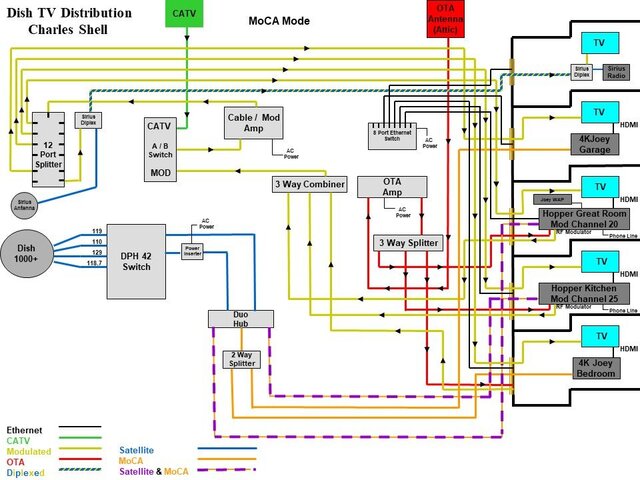Thanks. That is what I thought, but I wanted to be sure. This entire system is going in my bedroom, which is also where my power inserter is. So, either way would work, but this way I do not have to pull out my TV stand to get to the cable that runs from the power inserter to the switch. It also means that I do not have to have the technician go anywhere else in my house to install anything. This is a relatively small bedroom, so I am just trying to be cautious, what with the COVID protocols, and social distancing, and all that. I am still going to be in the room watching what the installer does, of course. So, the more floor space I have open, the better, and every inch counts.



